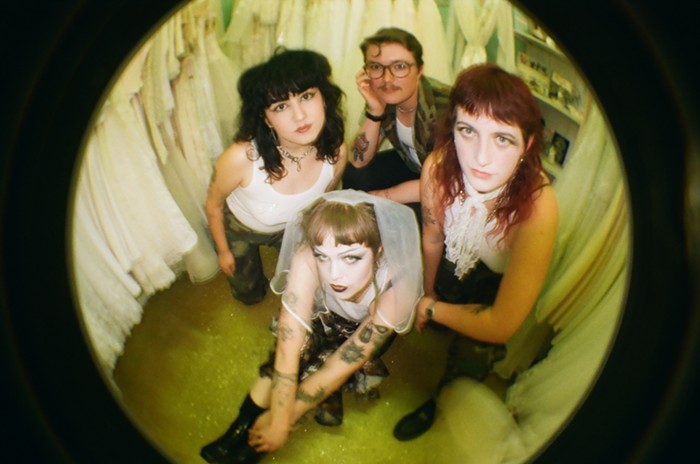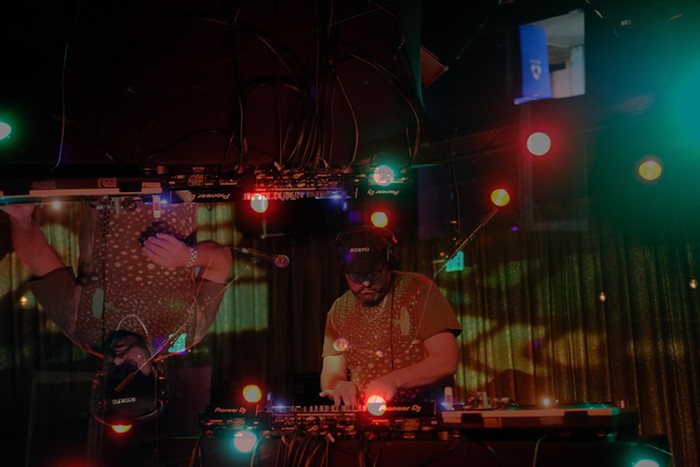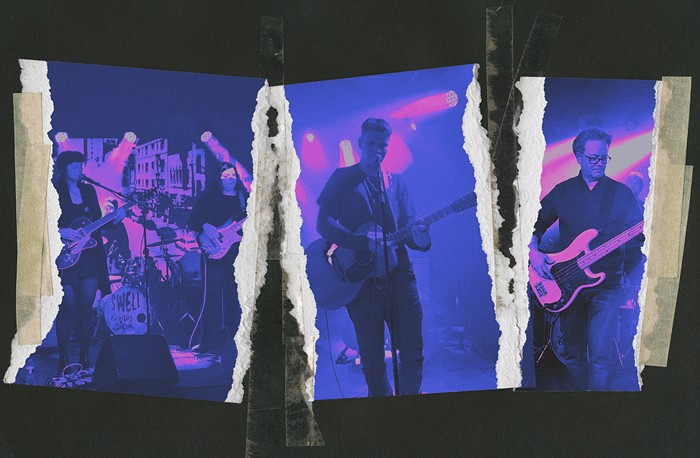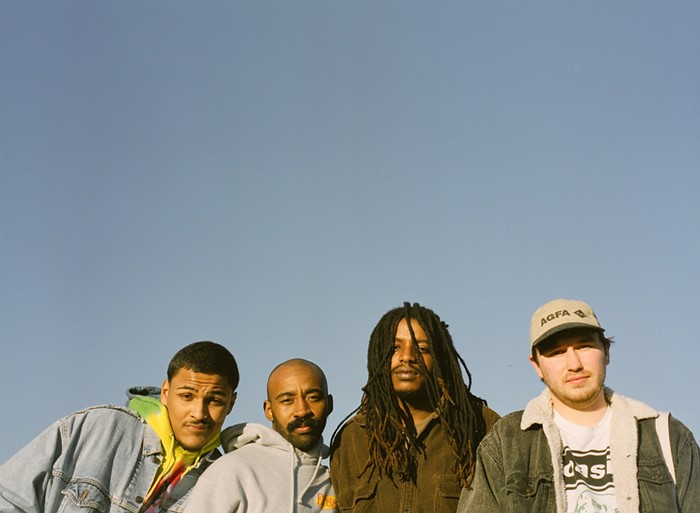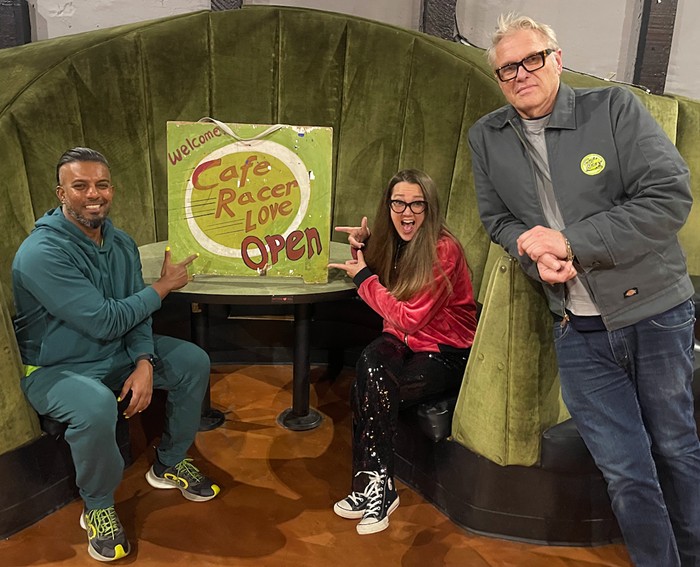Like many people who get involved in skateboarding, it was refreshing for me to discover a pure creative outlet that still retained the physicality of conventional sports. Skateboarding was also a catalyst for me to get more deeply involved in the music and art that go side by side with the tricks and transportation elements of the community. A city that understands the importance of supporting skateboarders is a city that isn't scared of its youth and is willing to invest in outsider culture.
Last weekend, Seattle hosted the fifth annual Sound and the Fury world amateur indoor street skateboarding contest and music festival. Hundreds of skaters descended on a Sand Point hangar to compete, watch pro demos, and listen to groups like Gas Huffer, the Pharcyde, Youth@Risk, and Mic Makers make noise. Every year this contest gets more respect and recognition throughout the global skate community, which means Seattleites have to travel less in order to watch world-class skateboard competitions and to skate at publicly supported skate parks. One of my favorite aspects of Sound and the Fury was the women's finals because it gives a true sense of just how far skateboarding culture has progressed. NICOLAE WHITE
